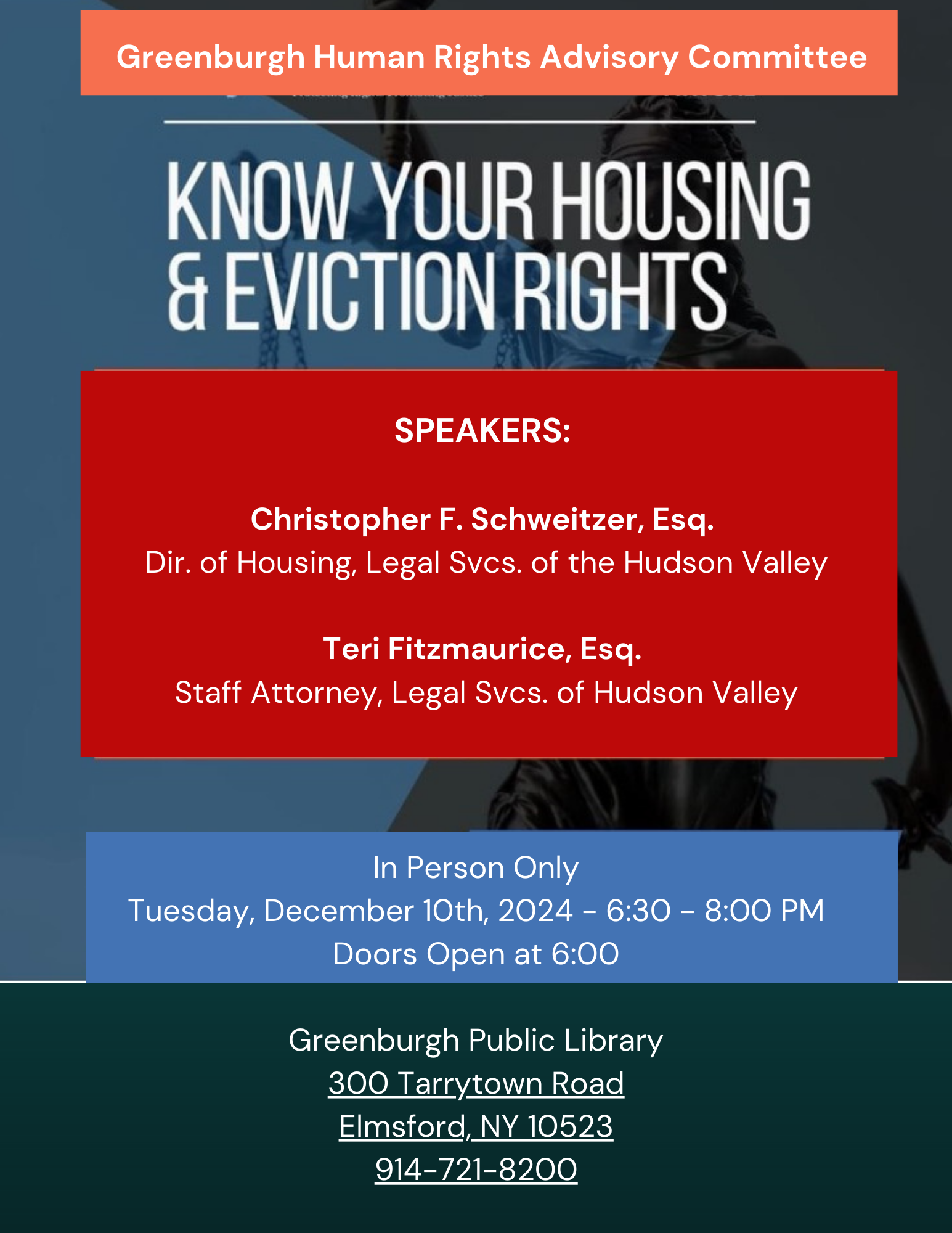The 2024 election has revealed intriguing and unexpected shifts in American voting behavior. A surprising number of Donald Trump supporters also cast their votes for Democratic Representative Alexandria Ocasio-Cortez (D-NY). This phenomenon occurred even as these voters rejected the Democratic presidential candidate, Vice President Kamala Harris.
In a discussion with Joy Reid, Ocasio-Cortez explored the dynamics behind this cross-partisan support and the implications for American politics.
Ocasio-Cortez’s Unique Appeal Across Party Lines
While Ocasio-Cortez’s progressive policies stand in stark contrast to Trump’s platform, her grassroots style of politics and focus on issues such as economic justice, healthcare, and climate change have resonated with a segment of Trump’s working-class supporters. Many appreciate her directness, authenticity, and willingness to challenge entrenched power structures—qualities often attributed to Trump himself.
A Divided Democratic Electorate
Vice President Kamala Harris’s campaign faced significant challenges in rallying a unified and energized base, with many Democratic voters expressing dissatisfaction or disconnection from the party’s leadership. In stark contrast, Alexandria Ocasio-Cortez has demonstrated a remarkable ability to connect with a wide range of voters across ideological lines. By focusing on localized, issue-centered politics, she has appealed not only to traditional Democrats but also to nontraditional allies, reflecting a growing desire for leaders who break away from conventional party norms. Notably, according to Newsweek, Ocasio-Cortez, who once apologized for omitting pronouns from her bio, recently made headlines by quietly removing them altogether—an action that has sparked its own wave of commentary and speculation.

Implications for New York and Beyond
This pattern raises critical questions about the future of voting behaviors, particularly in New York. Historically a Democratic stronghold, New York may see increasing shifts toward conservative voting patterns if Republican voter bases continue to grow while Democratic turnout declines. Such trends could potentially amplify cross-party voting and reshape the state’s political landscape.
READ: Could New York Go Red? The Warning Signs To Democrats Are Clear
As Republicans expand their influence and more conservative policies gain traction, New York could experience a gradual realignment. The state’s urban-rural divide, traditionally favoring Democrats, might narrow as suburban and rural areas show increased Republican engagement. This could lead to a rise in candidates like Ocasio-Cortez who bridge ideological gaps, reflecting the evolving priorities of the electorate.
The 2024 election may mark a turning point, signaling not only a rise in cross-party voting but also a potential for conservative growth in areas once considered staunchly Democratic. Whether this trend will continue and redefine New York’s political identity remains to be seen.




